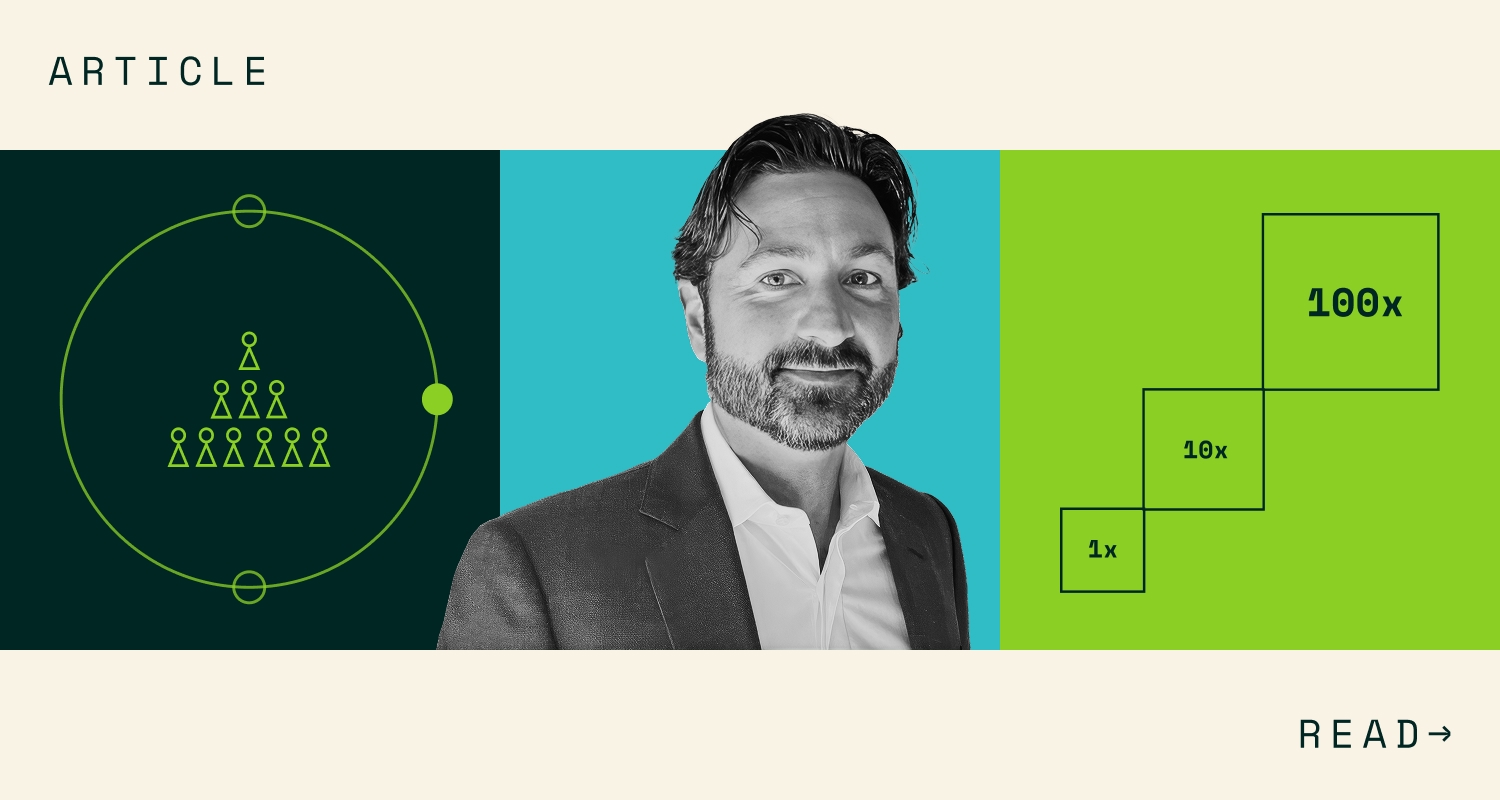Amid changing employee expectations, hyper-distributed workforces, pay equity laws, uncertain economic environment, layoffs, and scrutiny from boards and investors, employers are continuing to face immense pressure to get compensation right.
That pressure falls squarely on HR and Finance leaders who are expected to manage cash and equity burn, keep hiring plans on track, and satisfy workers — all while staying in sync — which is easier said than done.
So how can HR and Finance operate with greater efficiency while dealing with a challenging economy and workforce changes? By building a sound compensation structure.
What is a Compensation Structure?
A comp structure is the basis of a strategic compensation program. It’s the framework companies use to establish pay ranges, manage raises, and distribute bonuses. A good compensation structure establishes fair and equitable pay for all employees, but it’s often taken for granted. When companies overlook comp structures, they’re like builders constructing homes without blueprints. A lot can go wrong when you wing it, including underpaying or overpaying for talent, liability exposure and costly fines, and damaging the company brand.
But when companies thoughtfully build sturdy comp structures, they can make strategic, affordable, and data-driven compensation decisions that meet employee expectations while supporting company goals.
Read on to learn the essential elements of a compensation structure and the four key benefits companies experience when they take the time to build that foundation.
Compensation Foundations
To build a compensation structure that can help your company navigate challenging economies and changing job markets:
- Establish a compensation philosophy, which formalizes the intent of a company’s pay program, including cash, bonus, commission, and equity. It states at what percentiles your company will pay and reward employees relative to the market and will guide all compensation decisions.
- Build a job architecture, a framework for aligning employees with specific jobs based on requirements, competencies, and responsibilities. When designing a job architecture, consider current jobs, gaps, and jobs you’ll need in the future.
- Develop pay ranges with a defined low, mid-point, and high point. Pay ranges are only possible with a comp philosophy and job architecture.
With those elements in place, here are four ways you can apply your compensation structure to your compensation program.
1. Align Pay to Employee Expectations
Imagine you’re hiring a director of finance based in San Francisco. What’s your hiring process for this role?
Without a compensation structure, you might Google pay ranges or ask people in your network for their opinions. The problem with these methods is that there’s no way to understand where data points are coming from or what filters have been used. This can lead to a lot of internal disorganization, inconsistencies, and inequities in pay.
With a comp structure, the process is quicker and more efficient. Instead of spending hours wrangling random information, you quickly reference your company’s pay ranges for that role. If you’ve done a thorough job, you also see how the range compares to market data, and where current employees fall into that salary range. This approach is useful for job offers and promotions too.
2. Ease Compliance with Pay Transparency Laws
With pay transparency laws expanding to more cities and states, compliance is becoming increasingly complicated because requirements vary on how employers must share pay ranges and what comp data to report.
Having a job architecture and defined pay ranges for roles will help you manage the complexity. You can even take things a step further by adding more detail to the required skills and experience for each job so you can better match people to positions within a range — and explain your decision-making.
For example, someone who is minimally qualified or just got hired or promoted may land in the lower part of a range. They’ll work their way to the middle. And someone who is highly qualified and will soon be ready for a promotion may be the top of the range. After that promotion, the process starts again for the next pay range.
3. Pave the Way for Accurate Budgeting and Headcount Planning
Budgeting and headcount planning — the process of figuring out how many people in certain roles a company needs to hire in a certain period — is a rigorous process that involves many departments outside of HR and Finance. During that process, the roles needed to drive business outcomes forward are constantly changing, and there can often be misunderstandings about how to properly budget for them.
An established comp structure allows easier alignment on budget as teams can use pay range midpoints to standardize budgeting and ease administration.
4. Guide Employee Development
Employees want more than fair and consistent compensation. They also want to understand what their career trajectory looks like at a company, and what it will take to get to the next level of an organization.
This is another area where defined job levels come in handy and why it’s a good idea to map out jobs that you’ll need down the road. By sharing the different requirements for job levels, employees can see a path to progression. This doesn’t necessarily mean that employees automatically get promoted once they’ve checked all the boxes. Rather, it sets expectations for what it means to be at a certain level in an organization.
Once job levels and associated requirements are established, take it up a notch and define career pathways for specific job families.
How HR and Finance Can Execute Comp Programs Faster and with More Accuracy
While comp structures allow for ease and consistency, what’s often happening as HR and Finance teams execute comp programs is a lot of chaos and wasted time. Teams stitch together workflows to find and compile data from disconnected systems, which means comp data is often stale by the time it’s ready for use, undermining the stability of comp structures.
That’s why we built Sequoia Comp OS™, an end-to-end solution that enables HR and Finance leaders — and anyone involved with compensation decisions — to get company data in real-time and access analytics that promote fast and smart decision-making.
To learn more about Comp OS or to see a demo, connect with a Sequoia consultant.




